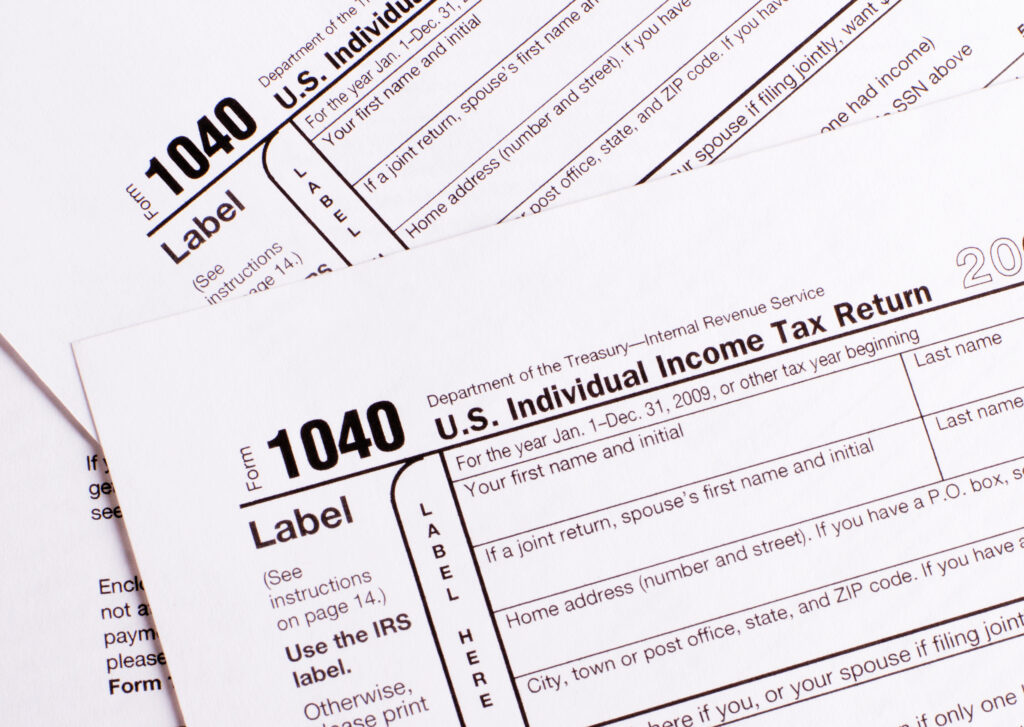Our Offices
810 7th Avenue
Suite 615
New York, NY 10019
The Robertson Stephens New York – Deutsch office provides comprehensive wealth management solutions and financial planning tailored to high-net-worth individuals and families worldwide. As fiduciaries, wealth advisors and stewards of our clients’ wealth, we offer expert financial guidance so our clients can focus on living fully, confident that their financial well-being is in trusted hands.
Our clients include entrepreneurs, business owners, tech executives, and high-earning professionals who value a wealth management experience that matches their pace, complexity, and ambitions. We specialize in equity-based compensation—including RSUs, ESPPs, ISOs, and NSOs—as well as managing concentrated stock positions.
We take a holistic approach to financial well-being, starting with a personalized financial plan. From there, we design institutional-quality investment portfolios and coordinate with your estate, tax, and insurance advisors to help identify and close potential gaps.
For those seeking values-aligned investing, we offer ESG integration, social impact investment strategies, and innovative philanthropic tools.
Rooted in excellence and empathy, we work hard to earn your trust—and provide a client experience that is thoughtful, responsive, and enduring.

We bring institutional-quality investment strategies to individuals and families. We work across private and public markets to design and manage portfolios tailored to your specific needs. Our goal is simple: to help protect and grow your wealth with a disciplined and transparent approach that always puts your interests first.

We believe a strong financial future starts with a thoughtful plan. We take the time to understand your goals, dreams, and what truly matters to you. The wealth plan we create serves as a dynamic roadmap, helping you navigate uncertainty and make informed decisions at every stage of life.

Making your life easier is a priority for us. We collaborate directly with your tax, estate planning, and insurance professionals to ensure every aspect of your financial well-being is aligned and working together seamlessly.
August 14, 2025 – It’s been over a month since Congress passed the One Big Beautiful Bill Act (OBBBA), and investors, accountants, and planners are still studying the impact of this 900-page bill. If the 2017 Tax Cuts and Jobs Act did much to amplify the tax code, this bill makes it significantly more complicated, creating risks and opportunities for all taxpayers.
Click to View a Comprehensive List of Changes that May Affect You >>

July 10, 2025 – The past quarter saw the implementation of many of the policies promised by the new administration. These included:

June 13, 2025 – In the wake of the 2008 global financial crisis, many watched the unfolding European debt crisis with a mix of concern, curiosity, and self-satisfaction. Starting in 2009, Portugal, Ireland, Greece, and Spain (the so-called PIGS), among others, struggled to pay off their sovereign debt and were forced to accept international bailouts. These came with strict austerity measures that, in turn, drove public protests, political turmoil, and prolonged economic pain. Beyond schadenfreude, the crisis validated a tidy moral narrative that cast Southern Europeans as lazy and dependent on government handouts—as opposed to the hardworking and handout-free citizens of countries like Germany and the U.S.
Fast forward sixteen years, and the U.S. stands at its own fiscal crossroads. As the Big Beautiful Bill winds its way through the Senate, it appears increasingly unlikely to seriously address the U.S. deficit. This has reopened the debate about our long-term fiscal stability and prompted growing concern from both prominent voices and markets.
